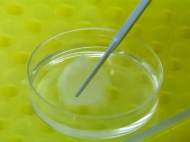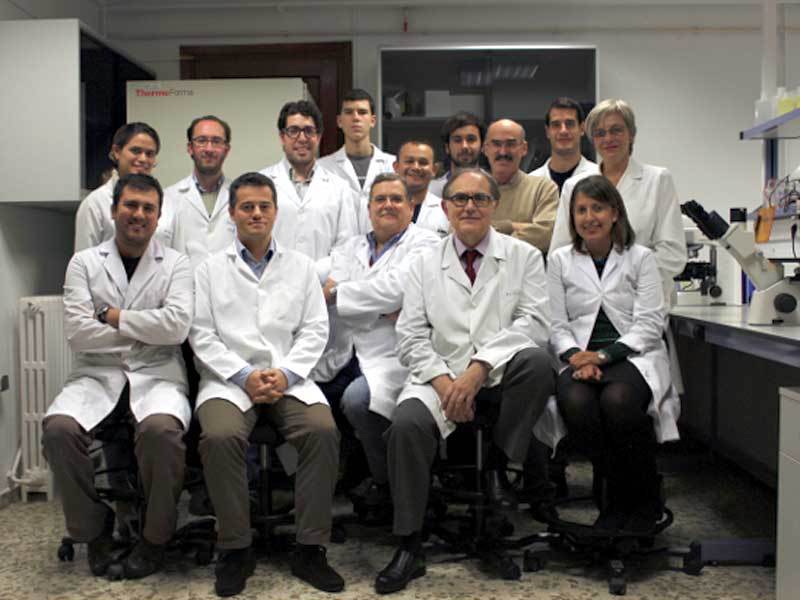Growing artificial skin using umbilical cord stem cells
 Scientists at the University of Granada have grown artificial skin from human umbilical cord Wharton’s jelly stem cells (HWJSCs). This artificial skin can be stored in tissue banks and made available when needed. This is an important advance in treatment of patients with major burn injuries, since artificially-grown skin can be used immediately after the accident.
Scientists at the University of Granada have grown artificial skin from human umbilical cord Wharton’s jelly stem cells (HWJSCs). This artificial skin can be stored in tissue banks and made available when needed. This is an important advance in treatment of patients with major burn injuries, since artificially-grown skin can be used immediately after the accident.
WARNING: The video below contains some graphic images of burns and injuries that are not suitable for everyone. We don’t suggest watching if you have a weak stomach.
The conventional methods use healthy skin from the patient in order to grow artificial skin. This process usually takes around four or five weeks. The loss of skin increases the risk of infection, water loss, and hypothermia, so it is important that patients receive the appropriate treatment soon after the accident. Another problem with current methods is that the amount of skin material available from patient is often limited.
“Creating this new type of skin using stem cells, which can be stored in tissue banks, means that it can be used instantly when injuries are caused, and which would speed up the application of artificial skin for many weeks”, said Antonio Campos, professor of Histology at the University of Granada.
The research team used HWJSCs, which are excellent candidates for tissue engineering since have excellent proliferation and differentiation capabilities. They studied the capability of HWJSCs to differentiate in vitro and in vivo to oral mucosa and skin epithelial cells – two types of cells needed to treat skin injuries. Apart from HWJSCs, they used a new biomaterial made of fibrin and agarose, already designed and developed by the University of Granada research team.
The results showed that HWJSCs were unable to fully differentiate to epithelial cells in vitro. On the other hand, they showed the potential to differentiate to oral mucosa and skin epithelial cells in vivo. HWJSCs were able to stratify and to express typical markers of epithelial differentiation. Researchers confirmed the presence of epithelial cell-like layers and well-formed cell-cell junctions by means of electron microscopy analysis.
The results are very promising and new therapy could be used as a cell source for the development of oral mucosa and skin epithelial cells in tissue engineering protocols. However, the researchers claim this is just the beginning and some problems may come up during clinical trials. The novel therapy will be tested on humans at the Experimental Unit of the Granada University “Virgen de las Nieves” Hospital Complex.
For more information, read the article published in the journal Stem Cells Translational Medicine: “Wharton’s jelly stem cells: a novel cell source for oral mucosa and skin epithelia regeneration”.










Leave your response!